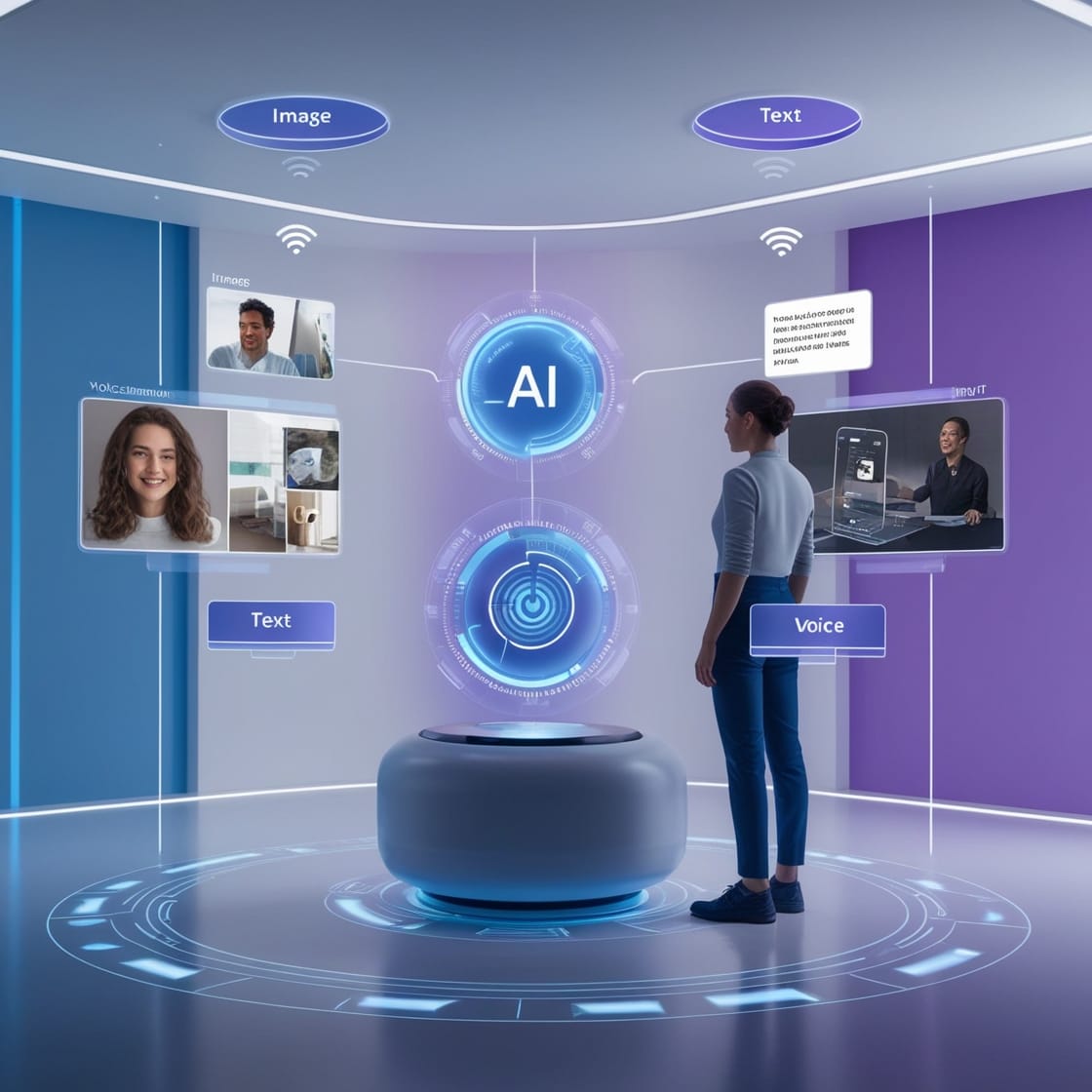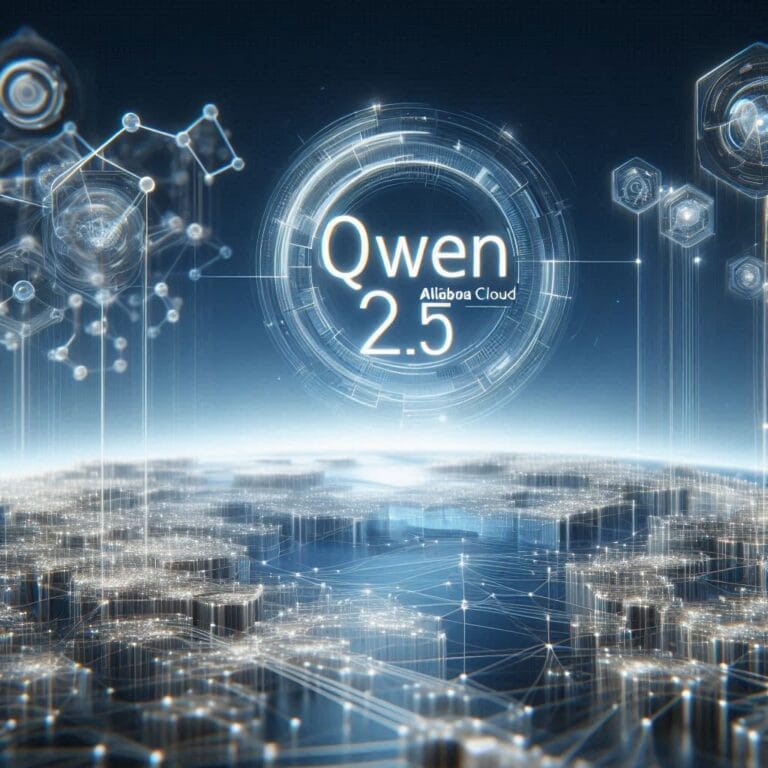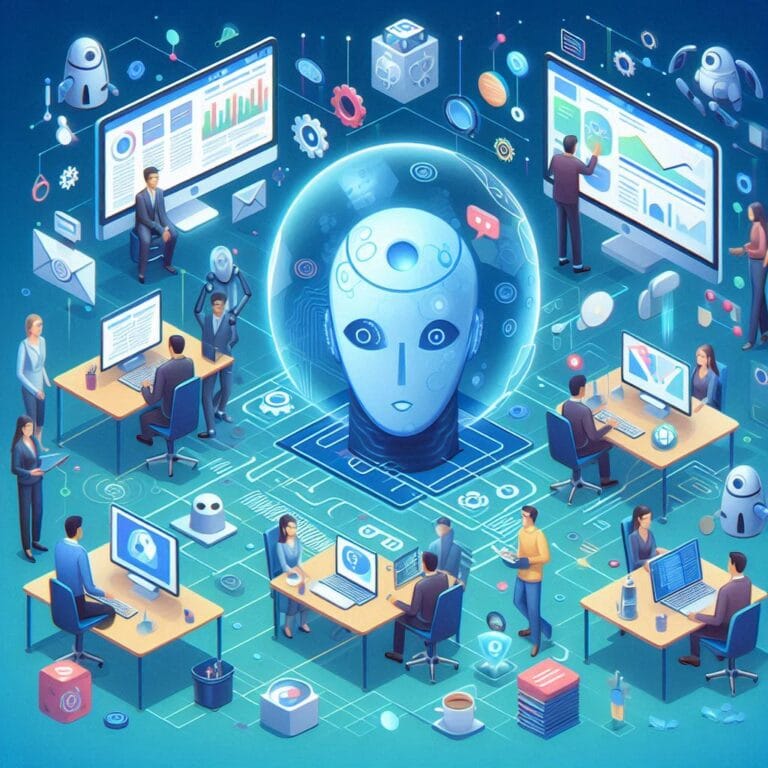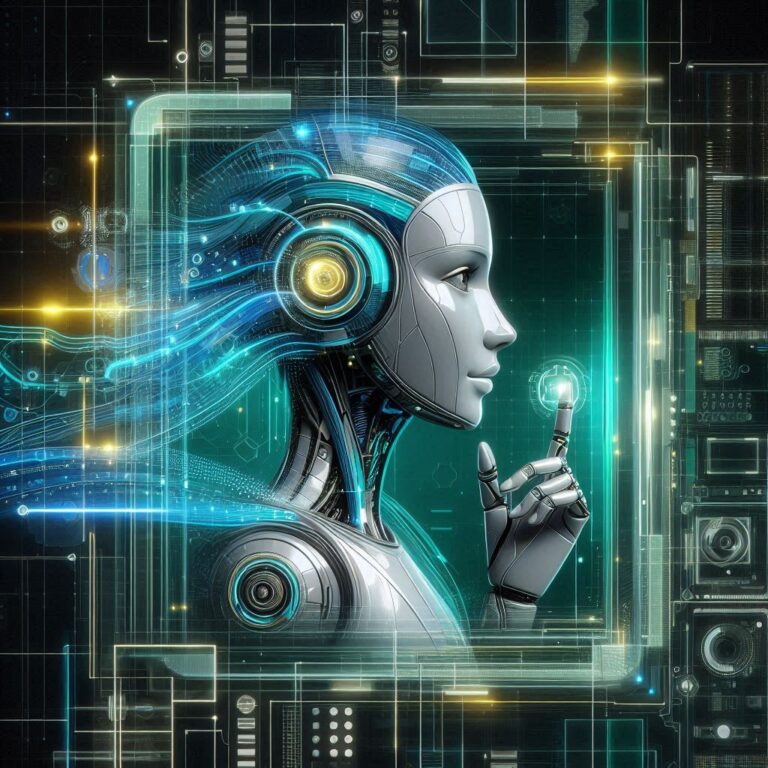In 2024, Artificial Intelligence (AI) isn’t just about making machines smarter; it’s about transforming the way we interact with technology. One of the most exciting advancements driving this shift is Multimodal AI. Imagine an AI system that can understand text, images, voice, and even gestures—all at the same time! This isn’t some far-off, futuristic concept. It’s happening right now, and it’s completely changing the way users engage with digital platforms, services, and devices.
In this blog, we’ll explore how multimodal AI is revolutionizing user engagement across industries, offering personalized and context-aware experiences. Whether you’re a tech enthusiast, business owner, or just curious about where AI is headed, there’s a lot to unpack. So let’s dive in!
What Exactly is Multimodal AI?
First things first—what do we mean by Multimodal AI? Simply put, it’s an AI system that can process and understand multiple types of inputs at the same time. These inputs could be text, voice, images, or even video, working together to offer a richer and more intuitive user experience.
For example, multimodal AI allows systems to analyze multiple data streams like audio, video, and written content, improving their ability to understand context and respond intelligently. This capability is exemplified by GPT-4, which integrates text and image processing into a single interface (OpenAI GPT-4 Announcement).
Why the Shift from Monomodal to Multimodal?
In the early days of AI, systems were mostly monomodal—they could handle just one type of data. Text-based chatbots, for example, could understand only written words, while image recognition tools worked with just images. But humans don’t operate in single modes. We process multiple types of sensory information simultaneously, like hearing someone speak while reading their facial expressions.
The shift to multimodal AI allows for richer, more intuitive interactions. For instance, Google’s Multimodal AI models (Google AI Blog) show how integrating different input types makes AI more accurate and human-like.
Real-World Examples of Multimodal AI in Action
Now, let’s talk about where you’re already seeing multimodal AI at work, whether you realize it or not.
1. Healthcare: Faster, Smarter Diagnostics
Imagine a doctor using AI to analyze a patient’s health data. Instead of just looking at medical records, the system can process everything—medical imaging (like X-rays), patient history (text), and even the doctor’s spoken notes. Multimodal AI provides a comprehensive view that helps doctors make faster, more accurate diagnoses.
AI platforms like Viz.ai use deep learning to analyze medical scans and patient data in real-time, leading to faster diagnoses for critical conditions like strokes.
2. E-Commerce: Personalised Shopping at Its Best
Have you ever browsed through Amazon and felt like the product recommendations were almost too perfect? That’s multimodal AI at play! E-commerce platforms like Amazon are using AI to combine your browsing history, product images, and reviews to offer highly personalized shopping experiences (Amazon Personalize).
3. Entertainment: Smarter Content Recommendations
If you’re a fan of Netflix or TikTok, you’ve definitely experienced the magic of multimodal AI. These platforms analyze what videos you watch, how long you watch them, and even the text in the captions to serve up spot-on recommendations that keep you hooked.


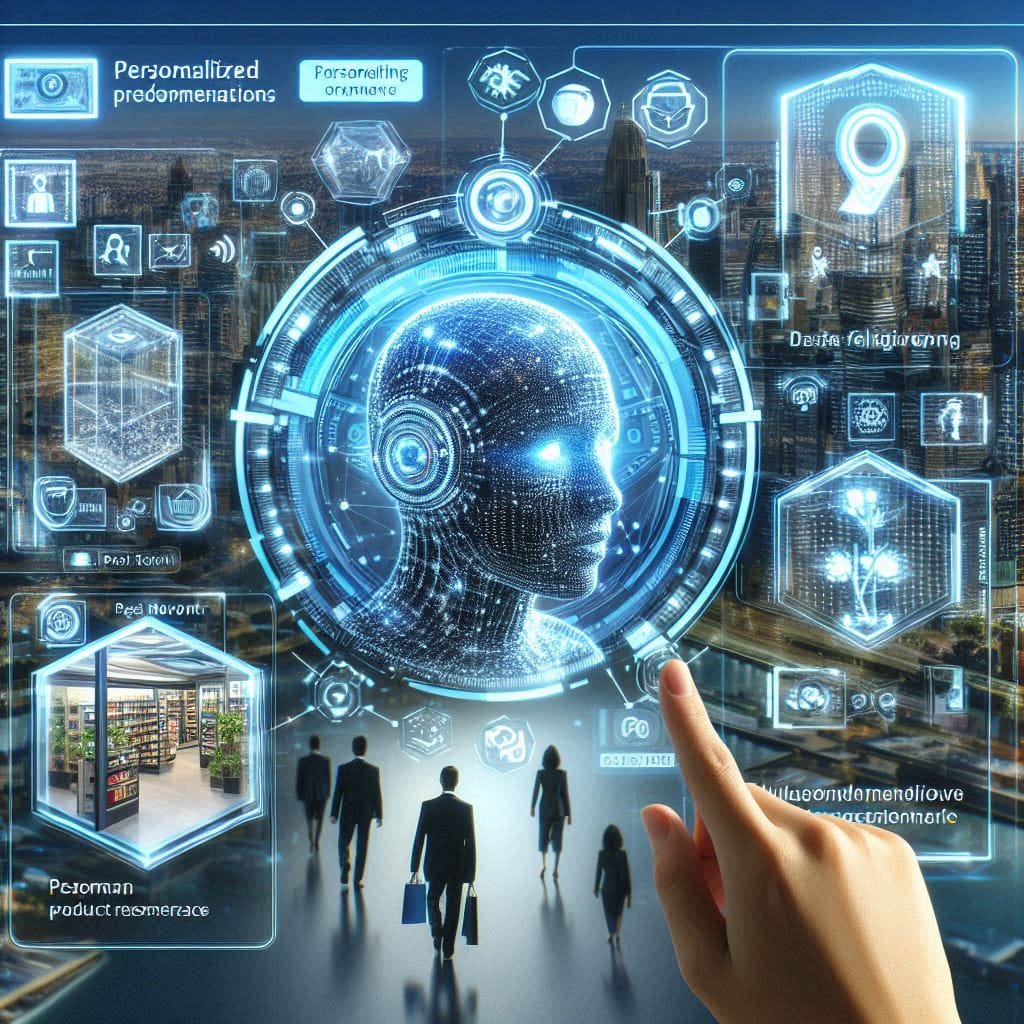
How Multimodal AI is Changing User Engagement
Multimodal AI is making user interactions more natural and context-aware. Here’s how it’s reshaping engagement across various platforms:
1. Personalised Experiences
By integrating multiple data sources—text, images, voice—multimodal AI can offer deeply personalized experiences. Whether it’s an e-commerce platform recommending the perfect outfit or a healthcare app tailoring advice based on various inputs, the focus is now on you—the user.
This trend is best seen in platforms like Spotify, which uses a combination of listening history, metadata, and even song lyrics to generate personalized playlists.
2. Seamless Multichannel Interactions
With multimodal AI, users can interact with platforms through multiple channels at once. You can speak, type, or even show something to the system, and it will respond in a way that feels consistent and cohesive.
3. Improved Contextual Understanding
Unlike single-modality AI, multimodal systems can better understand the context of a conversation or request. This leads to more accurate responses and fewer frustrating errors.
Challenges to Overcome
While multimodal AI offers amazing possibilities, it’s not without its challenges. Here are a few hurdles we need to address as this technology becomes more widespread:
1. Data Privacy
With more data types being processed, maintaining user privacy is crucial. Companies need to ensure that sensitive data, especially in healthcare or finance, is protected.
2. Bias in AI Models
AI systems are only as good as the data they’re trained on. If the data includes biases, those biases can carry over into the AI’s decisions. Multimodal AI needs to be carefully managed to ensure it treats all users fairly.
3. Complexity and Interpretability
As AI systems become more complex, it’s harder to understand how they make decisions. This lack of transparency can be a problem, especially in critical sectors like healthcare or legal systems.
The Future of Multimodal AI: What to Expect in 2024 and Beyond
Looking ahead, multimodal AI is only going to get better. We’ll see:
- AI-augmented creativity: Expect AI to help content creators by generating ideas, visuals, and even complete works that blend multiple forms of media.
- Smarter IoT devices: As multimodal AI integrates with smart home technology, we’ll interact with devices in more natural and intuitive ways.
- AI that works seamlessly across platforms: Whether it’s on your phone, computer, or smart speaker, multimodal AI will offer consistent, high-quality experiences across all devices.
Final Thoughts: The Future of User Engagement is Here
As we move into 2024, it’s clear that multimodal AI is no longer just a buzzword—it’s a driving force behind the next wave of user-centric innovations. From healthcare to e-commerce and entertainment, this technology is enhancing the way we interact with systems, making these interactions more intuitive, personalized, and engaging.
Explore other related articles:
- “The Incredible Rise of Open Source AI.” Read here.

